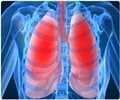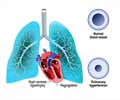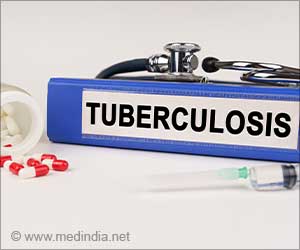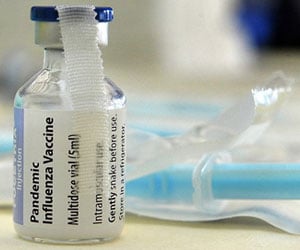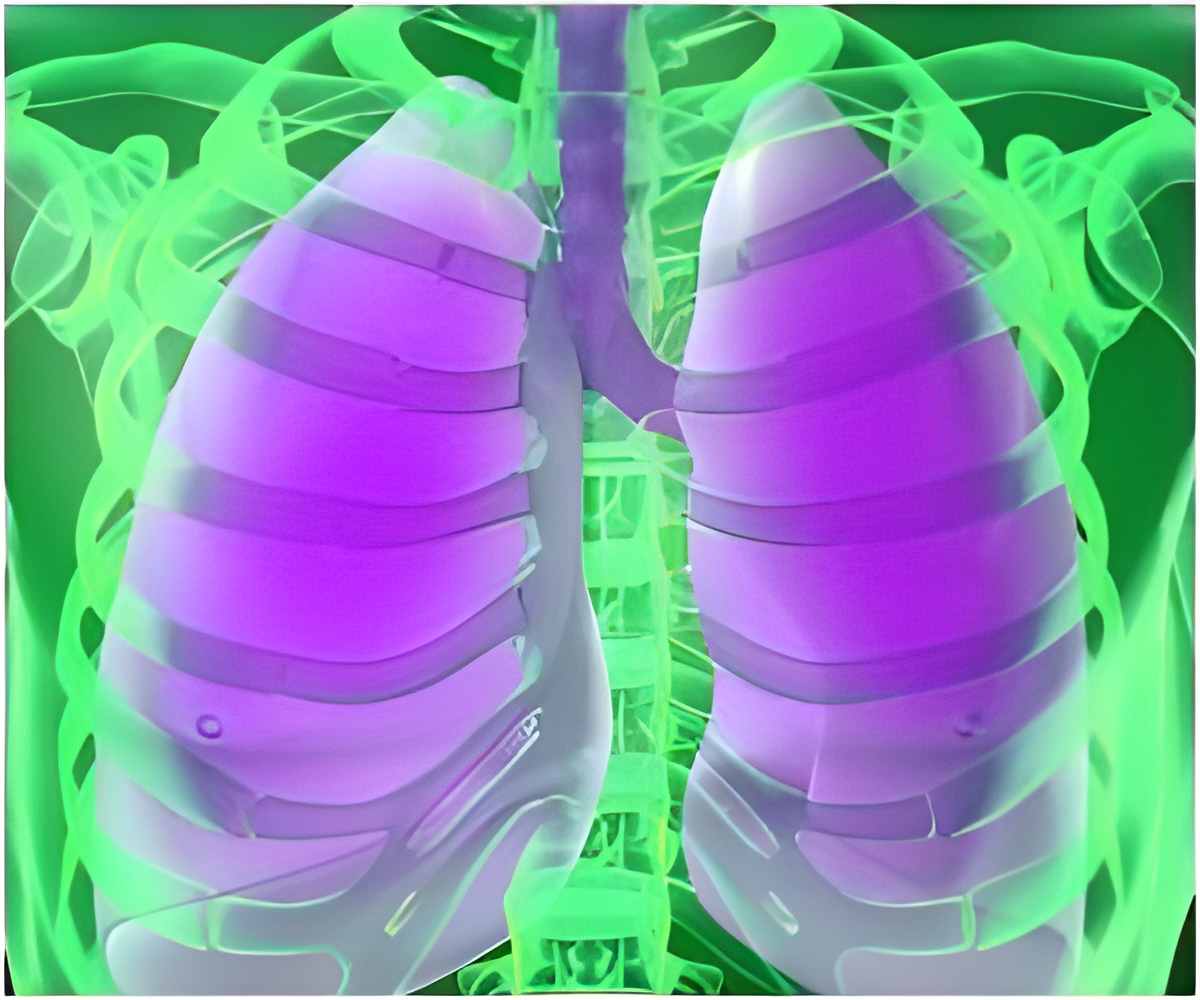
COPD occurs predominantly in cigarette smokers. COPD symptoms include chronic cough, wheezing, shortness of breath, or significant activity limitation.
The clinical practice guideline includes the following recommendations:
- ACP, ACCP, ATS, and ERS recommend that spirometry should be obtained to diagnose airflow obstruction in patients with respiratory symptoms.
"While targeted use of spirometry for diagnosis of airflow obstruction is beneficial for patients with respiratory symptoms, particularly dyspnea, it does not appear to have an independent influence on the likelihood of quitting smoking or maintaining abstinence," noted Nicola A. Hanania, MD, MS, FCCP, Chair, Airways Disorders NetWork, American College of Chest Physicians.
- ACP, ACCP, ATS, and ERS recommend that spirometry should not be used to screen for airflow obstruction in individuals without respiratory symptoms.
- For stable COPD patients with respiratory symptoms and FEV1 (forced expiratory volume in 1 second) between 60 percent and 80 percent predicted, ACP, ACCP, ATS, and ERS suggest that treatment with inhaled bronchodilators may be used. (FEV1 is measured by spirometry, a breathing test that measures how much air a person can blow out in one second.) Advertisement
- For stable COPD patients with respiratory symptoms and FEV1 less than 60 percent predicted, ACP, ACCP, ATS, and ERS recommend treatment with inhaled bronchodilators.
- ACP, ACCP, ATS, and ERS recommend that clinicians prescribe monotherapy using either long-acting inhaled anticholinergics or long-acting inhaled beta agonists for symptomatic patients with COPD and FEV1 less than 60 percent predicted. Clinicians should base the choice of specific monotherapy on patient preference, cost, and adverse effect profile.
- ACP, ACCP, ATS, and ERS suggest that clinicians may administer combination inhaled therapies (long acting inhaled anticholinergics, long-acting inhaled beta agonists, or inhaled corticosteroids) for symptomatic patients with stable COPD and FEV1 less than 60 percent predicted.
- ACP, ACCP, ATS, and ERS recommend that clinicians should prescribe pulmonary rehabilitation for symptomatic patients with an FEV1 less than 50 percent predicted. Clinicians may consider pulmonary rehabilitation for symptomatic or exercise-limited patients with an FEV1 greater than 50 percent predicted.
- ACP, ACCP, ATS, and ERS recommend that clinicians should prescribe continuous oxygen therapy in patients with COPD who have severe resting hypoxemia.

